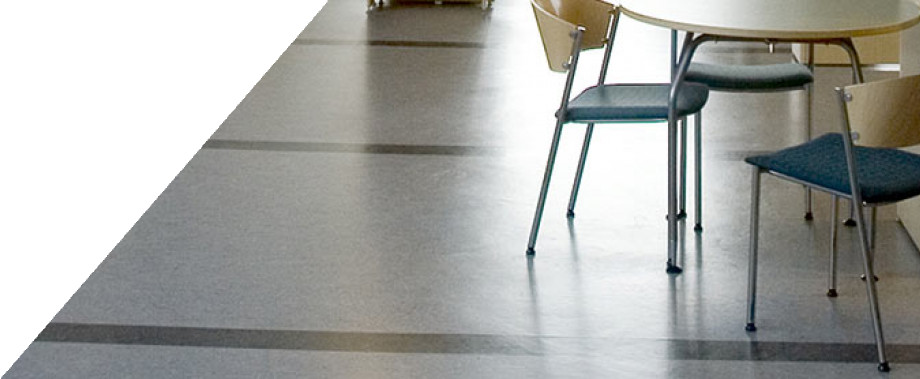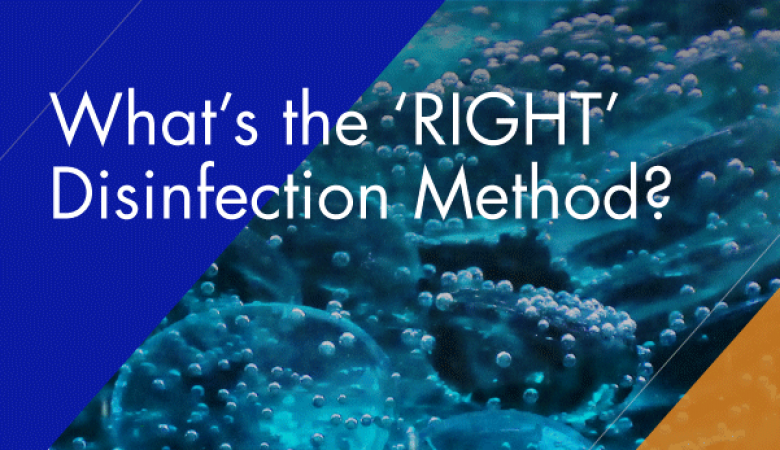What’s the ‘Right’ Disinfection Method?
Since early last year, we have heard about best practices of handwashing and wearing masks but what about providing the peace of mind with a safe disinfected workplace that everyone re-entering expects and desires? Some companies offered Electrostatic Spraying where a negatively charged ion carrying disinfectant completely coats and adheres to any surface and kills viruses in two minutes or less. Then there was some confusion because some providers could not get specialized electrostatic sprayers and instead started using foggers. Sounds the same but fogging is a wet application and if you use it on some surfaces, it could damage the surface and doesn’t fully encapsulate all surfaces like electrostatic spray disinfecting does. High touchpoint disinfecting was also added as an ongoing procedure between spraying and fogging for all surfaces that have ongoing repetitive contact throughout the day.
So, what is the next leading-edge innovative solution of disinfecting beyond electrostatic spraying and fogging? Enter Chlorine Dioxide Gas, COI2. It is a chemical compound dissolved in a water solution that becomes a CIO2 gas. It sounds technical and when hearing chlorine and gas, you may think it is dangerous, but that is not the case at all.
CIO2 is not really new since it has been around since 1811 and it has been used to bleach paper and for treating drinking water. More recently, it’s been used in food processing for fruits and vegetables and for washing poultry. But now, there is the most effective commercial application for disinfecting the entire premises. It is dispersed through the HVAC system as a water-activated gas and not only disinfects but completely sterilizes everything in the workplace including all the HVAC ductwork and all the air! It also permeates all soft surfaces and kills all bacteria and all viruses where spraying or fogging cannot get to. No other process can do this.
Sounds incredible right? Are there any drawbacks with it? There is only one, the treatment process must occur when the premises being treated is vacated of all people. This is a controlled product and specialized process that is used only by trained and certified professionals.
The primary use would be for relatively small, standalone buildings where the HVAC unit(s) is only servicing one location or individual zones. An example would be a standalone dentist office building, urgent care center, medical facility, or smaller office building or facility. These applications can be serviced after hours when the building is vacant. Depending on the size of the building, the total process will take no more than 4 to 6 hours and the facility can safely be reopened knowing everything inside has been disinfected and sterilized.
If this sounds like something that could be of benefit for you, your employees, tenants, and or occupants, you can search for specialized trained and certified contractors that have this capability and expertise but don’t expect you will find very many at all, if any, to choose from. This is a very specialized application process and very few contractors are capable to safely provide this unique and most effective service.
Need help maintaining a healthy workplace? At 4M, we can help you make sure your environment remains as healthy as possible. We pride ourselves on delivering the best, innovative, safe, and sustainable cleaning and disinfection service solutions for your facility. CLICK HERE to contact us. If you need more information on re-entry check out our other blog articles.


